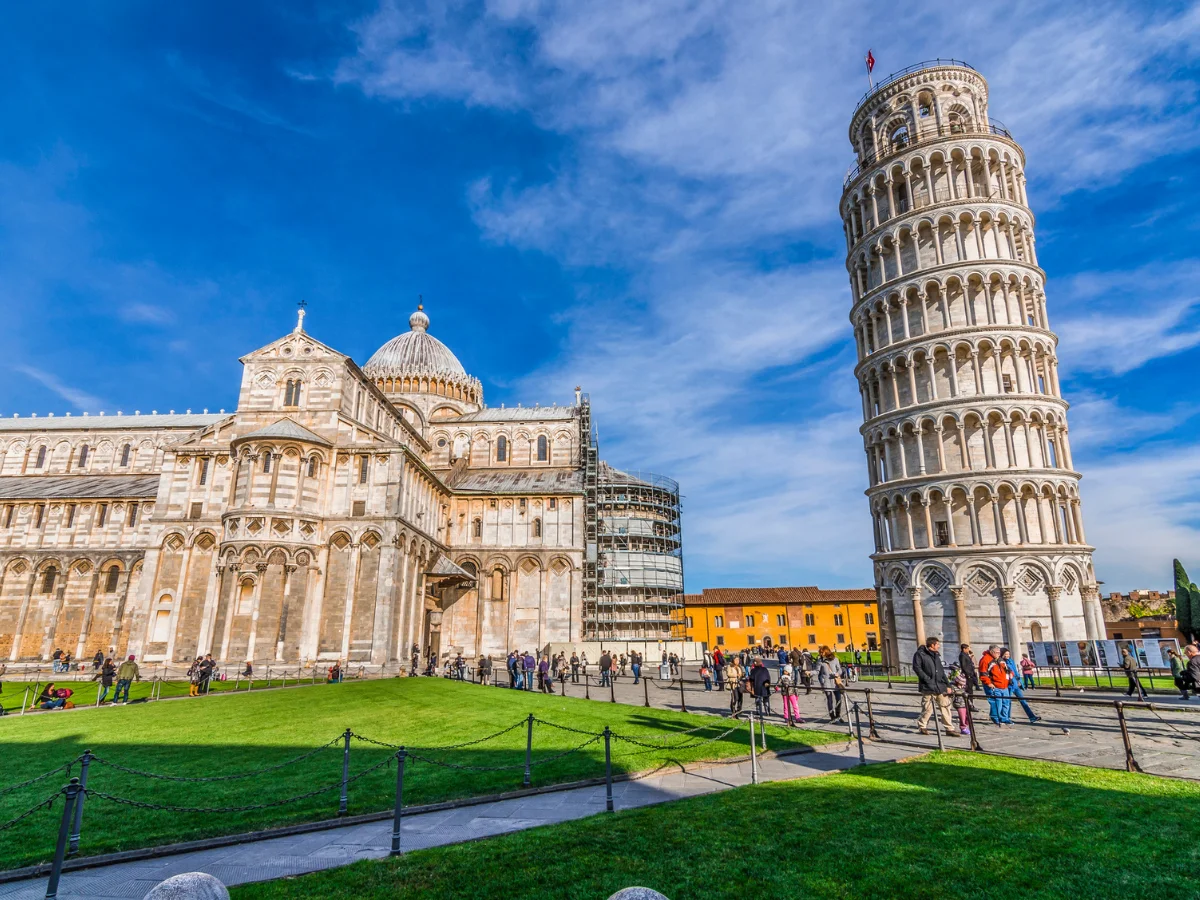The Roman Senate featured diverse positions
The Roman Senate featured diverse positions. Consuls served as chief executives, Praetors administered justice, and Censors oversaw morality and conducted the census. Quaestors managed finances, Aediles handled public works, and Tribunes protected plebeian interests. Additionally, the Pontifex Maximus and Princeps Senatus played significant roles. Power struggles were common, shaping Roman politics. Understanding these positions provides insight into the Republic’s governance and political dynamics. Ultimately, the Senate’s structure reflected the complexity of Roman society and the intricate balance of power among its various factions.

The Roman Senate featured diverse positions
The Roman Senate was the heart of political power in ancient Rome, comprising various positions that shaped the governance of the Republic.
Consuls: The Highest Authority
Consuls held the highest office, serving as chief executives of the Republic. They were elected annually and wielded significant influence over military and civic affairs.
Censors: Guardians of Morality and Census
Censors were tasked with conducting the census, assessing the wealth and status of citizens, and maintaining public morals. They played a crucial role in upholding social order.
Praetors: Keepers of Justice
Praetors served as judges in the Roman legal system, presiding over court cases and ensuring the fair administration of justice. Their decisions were pivotal in maintaining law and order.
Quaestors: Managers of Finances
Quaestors were responsible for managing the financial affairs of the state, including budgets, taxation, and expenditures. They played a vital role in ensuring the economic stability of the Republic.
Aediles: Overseers of Public Works
Aediles supervised public buildings, maintenance, and infrastructure projects. They were also responsible for organizing public games, festivals, and ceremonies, contributing to the cultural life of Rome.
Tribunes of the Plebs: Protectors of the Common People
Tribunes represented the interests of the plebeians and had the power to veto legislation deemed harmful to the common people. They acted as a check on the authority of the Senate and other magistrates.
Other Notable Positions
Other notable positions in the Senate included the Pontifex Maximus, the chief priest of Rome, and the Princeps Senatus, who served as the speaker of the Senate. These roles added further depth to the governance structure of the Republic.
Complex Dynamics and Power Struggles
The Roman Senate was characterized by complex dynamics and power struggles, with senators vying for influence and political maneuvering shaping the course of events. The different positions within the Senate represented diverse interests and responsibilities, contributing to the intricate tapestry of Roman politics.
Conclusion
In summary, the Roman Senate was a multifaceted institution comprised of various positions that played crucial roles in the governance and administration of the Republic. Understanding these positions provides insight into the political structure and dynamics of ancient Rome.



